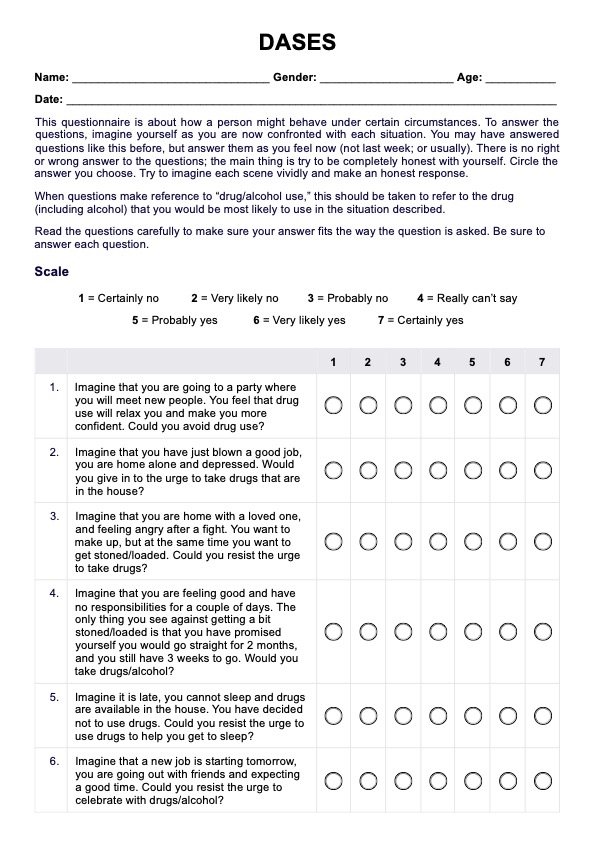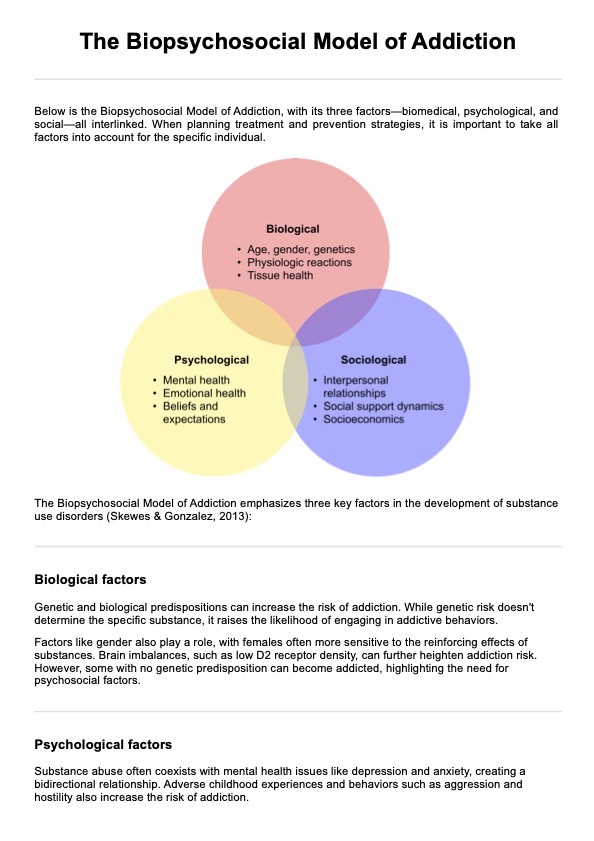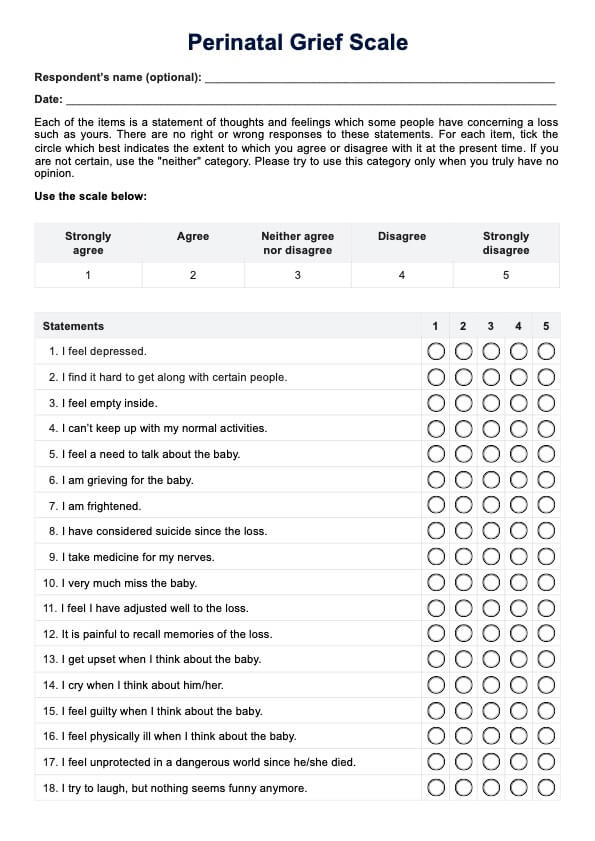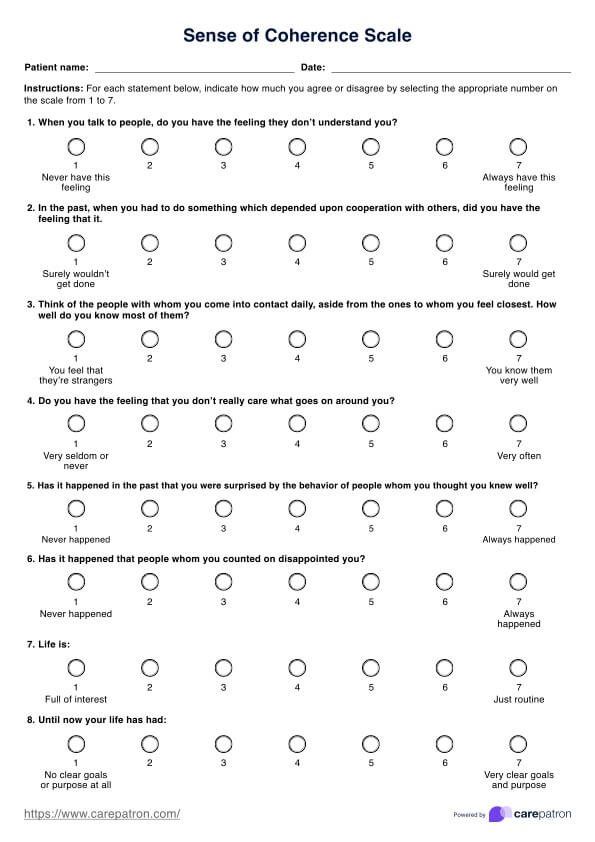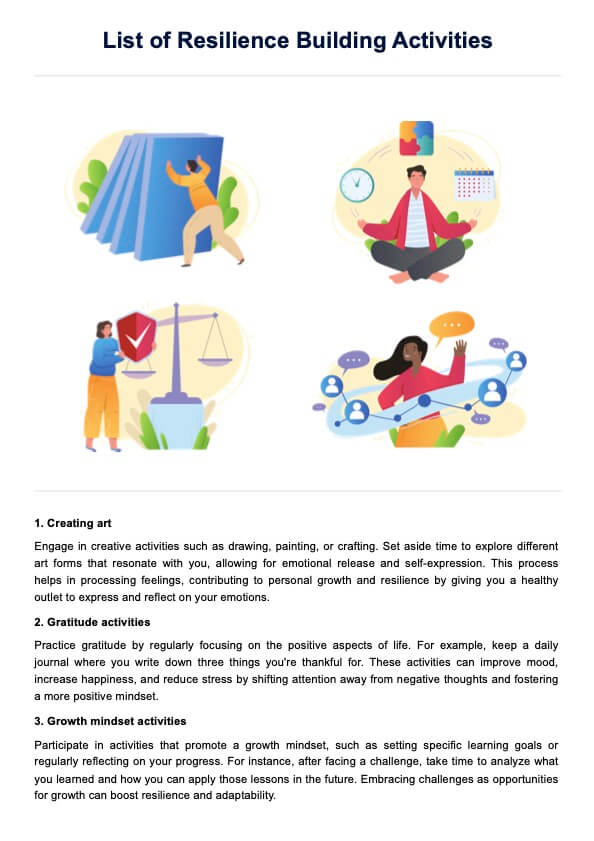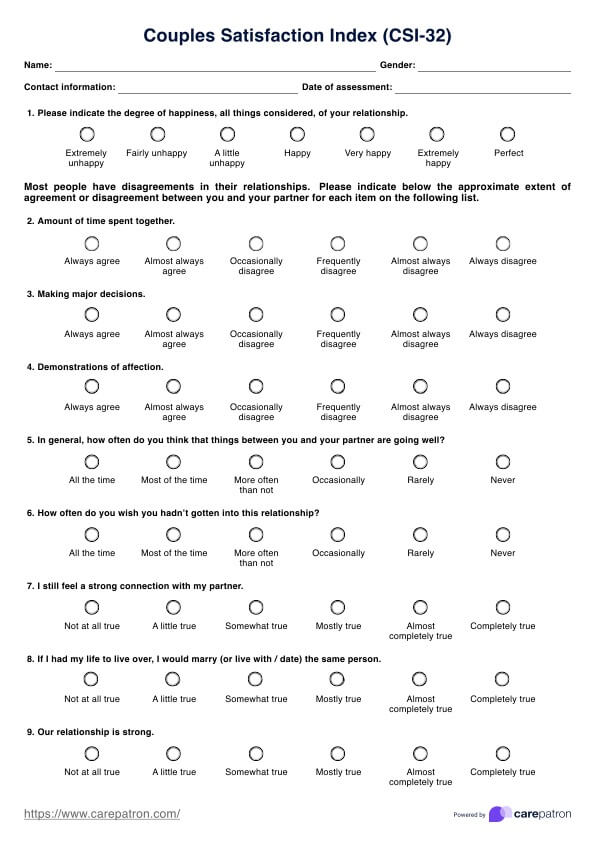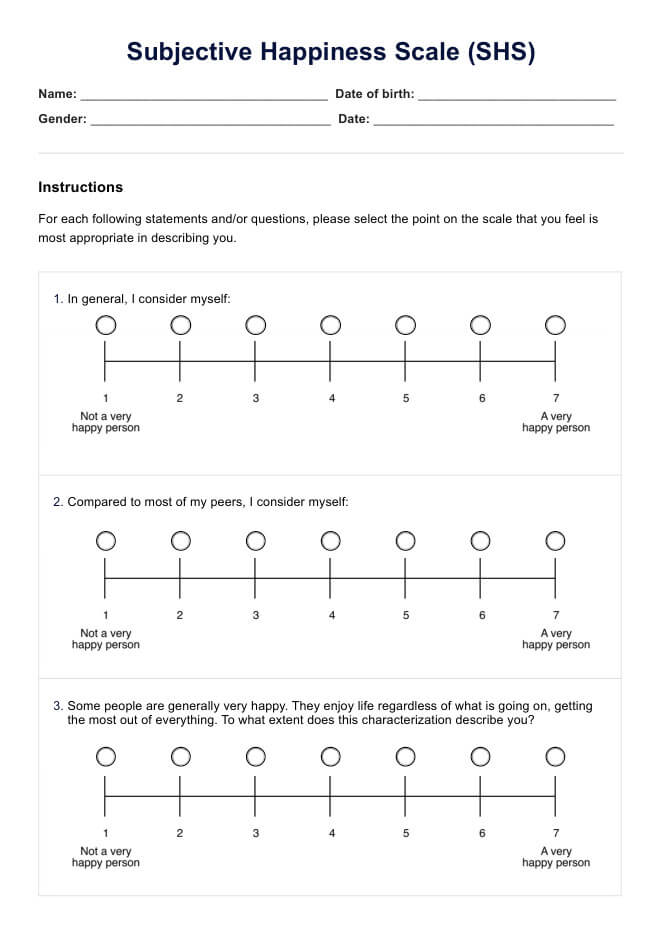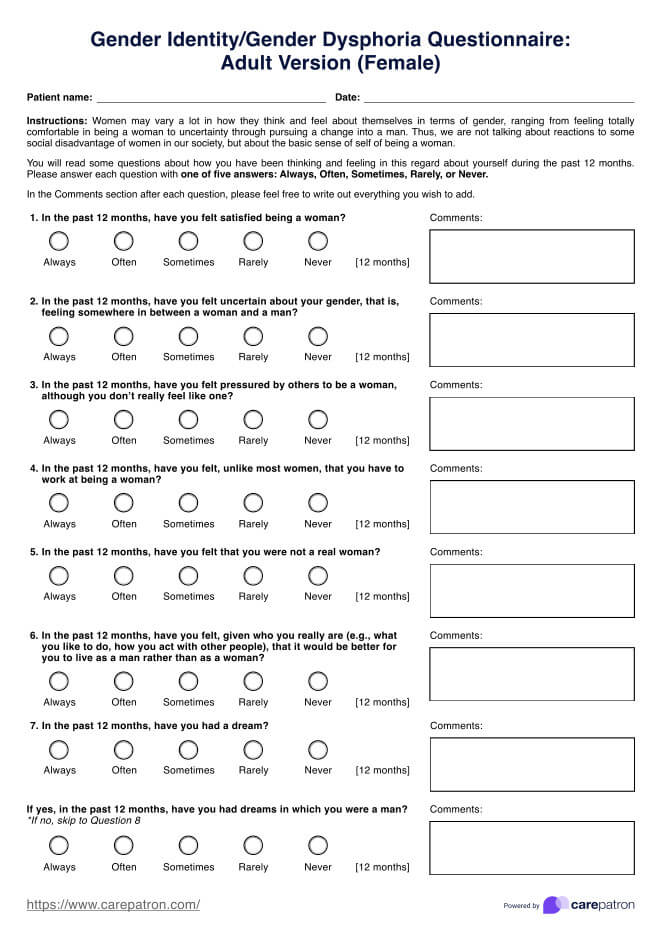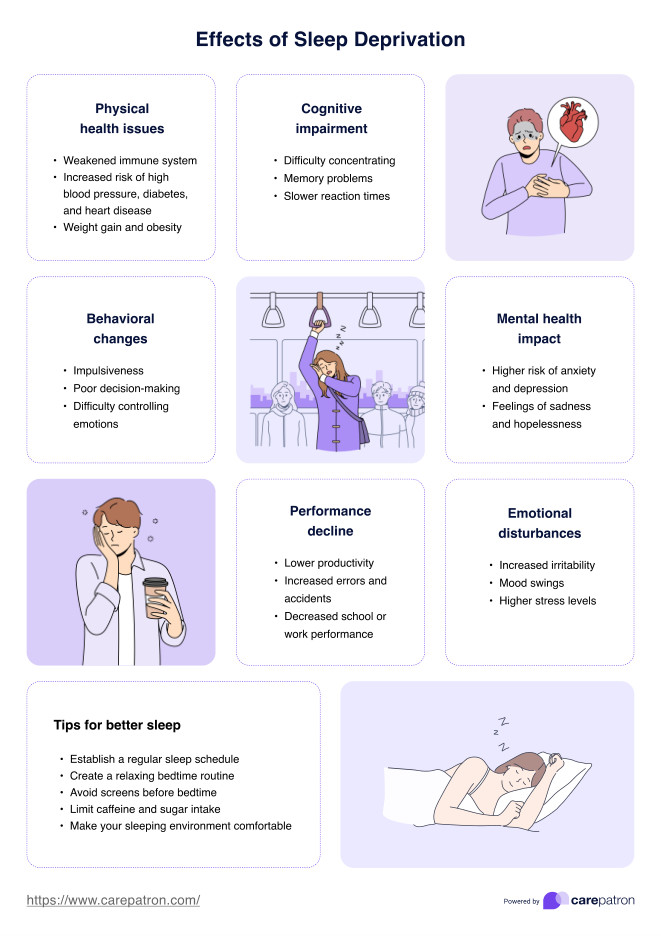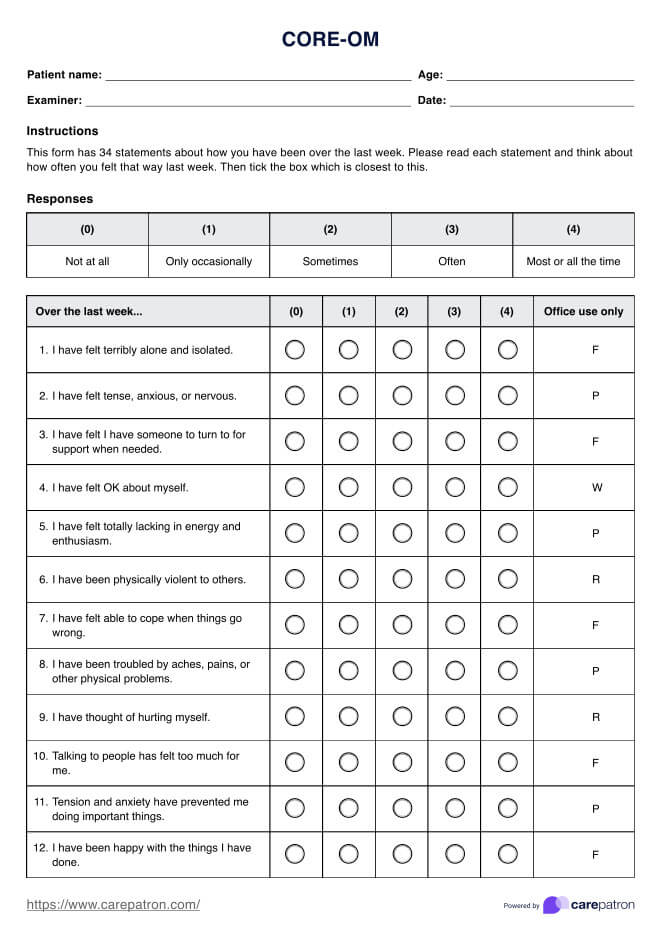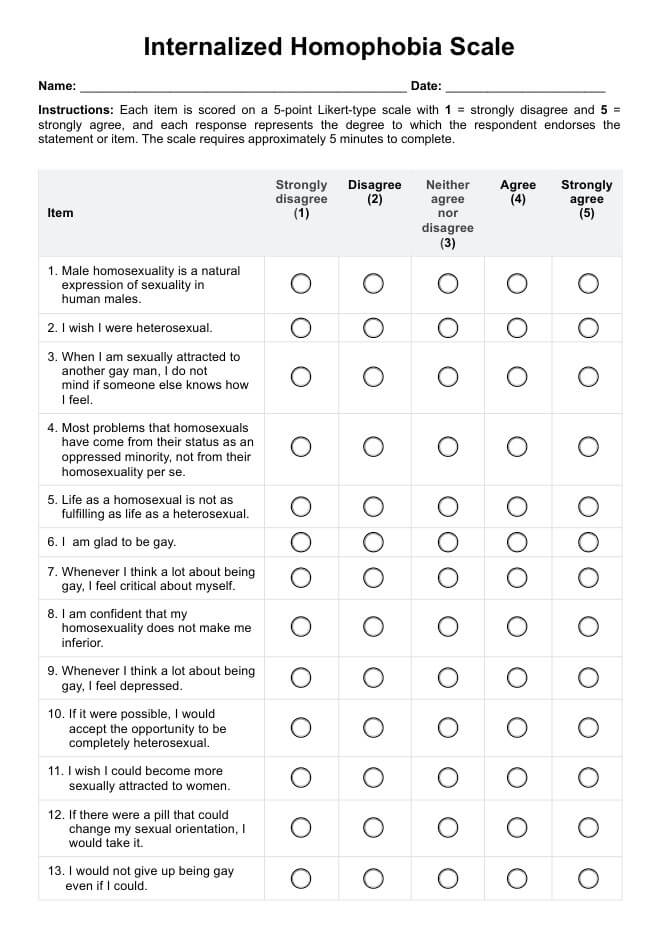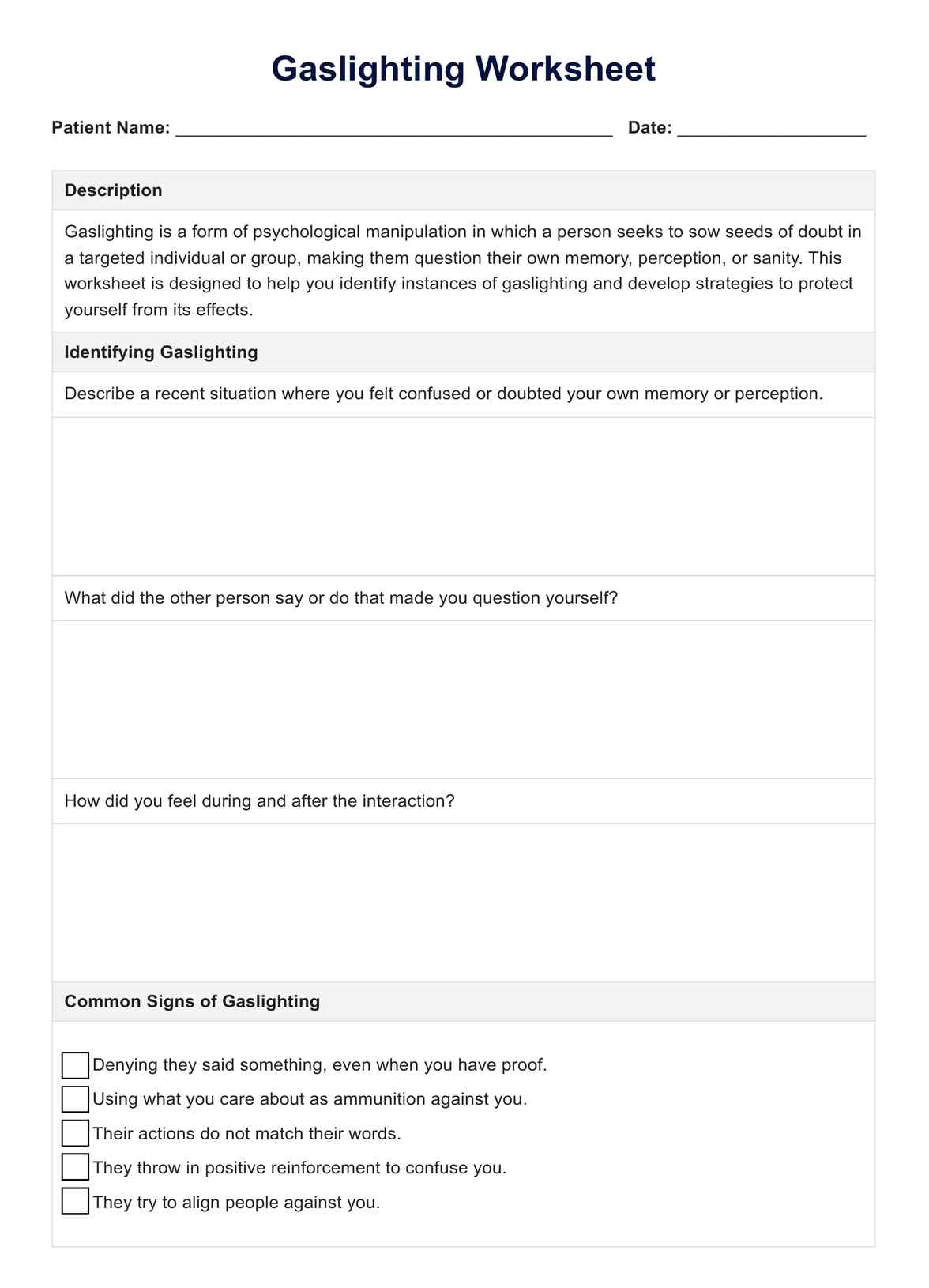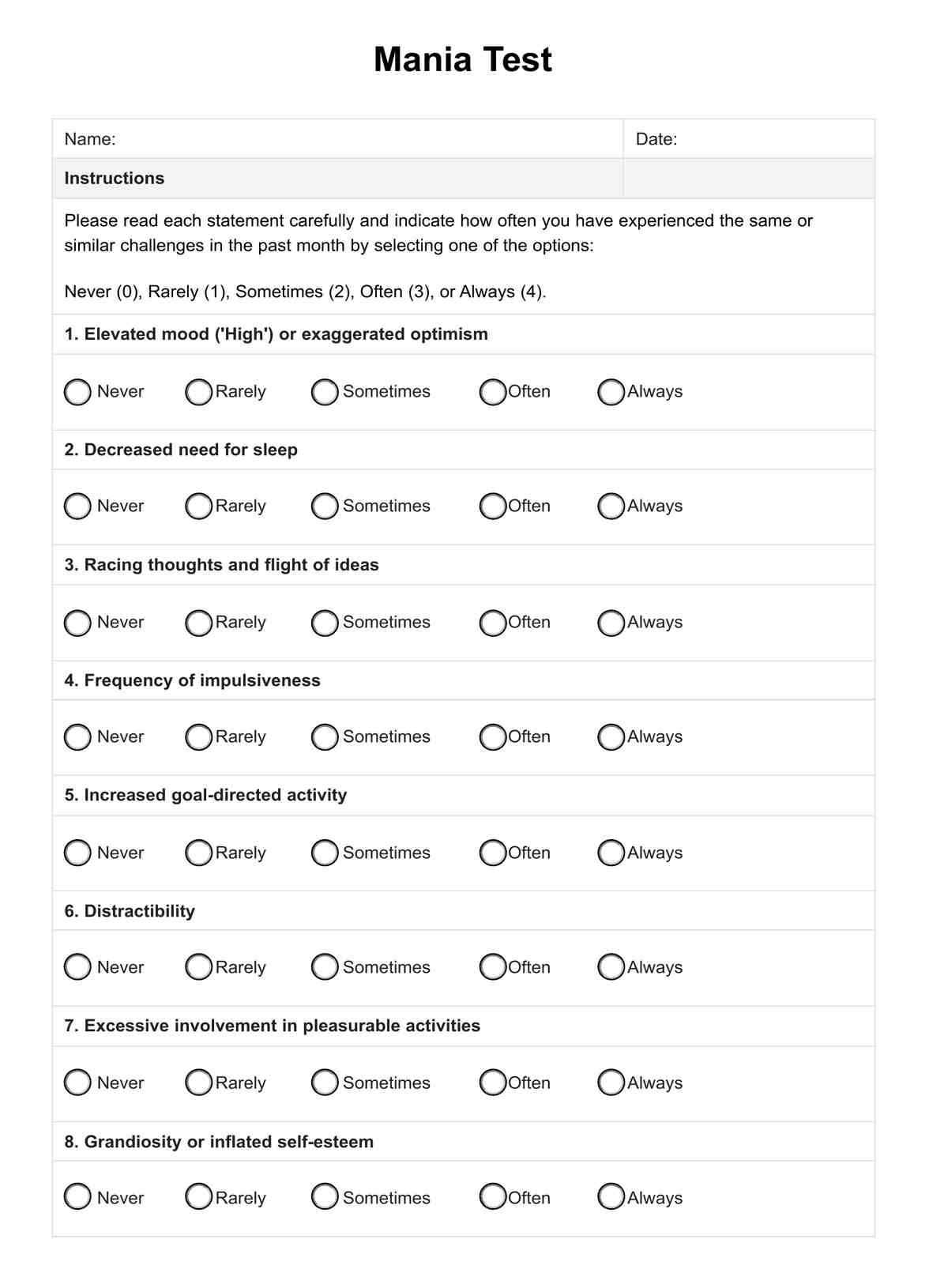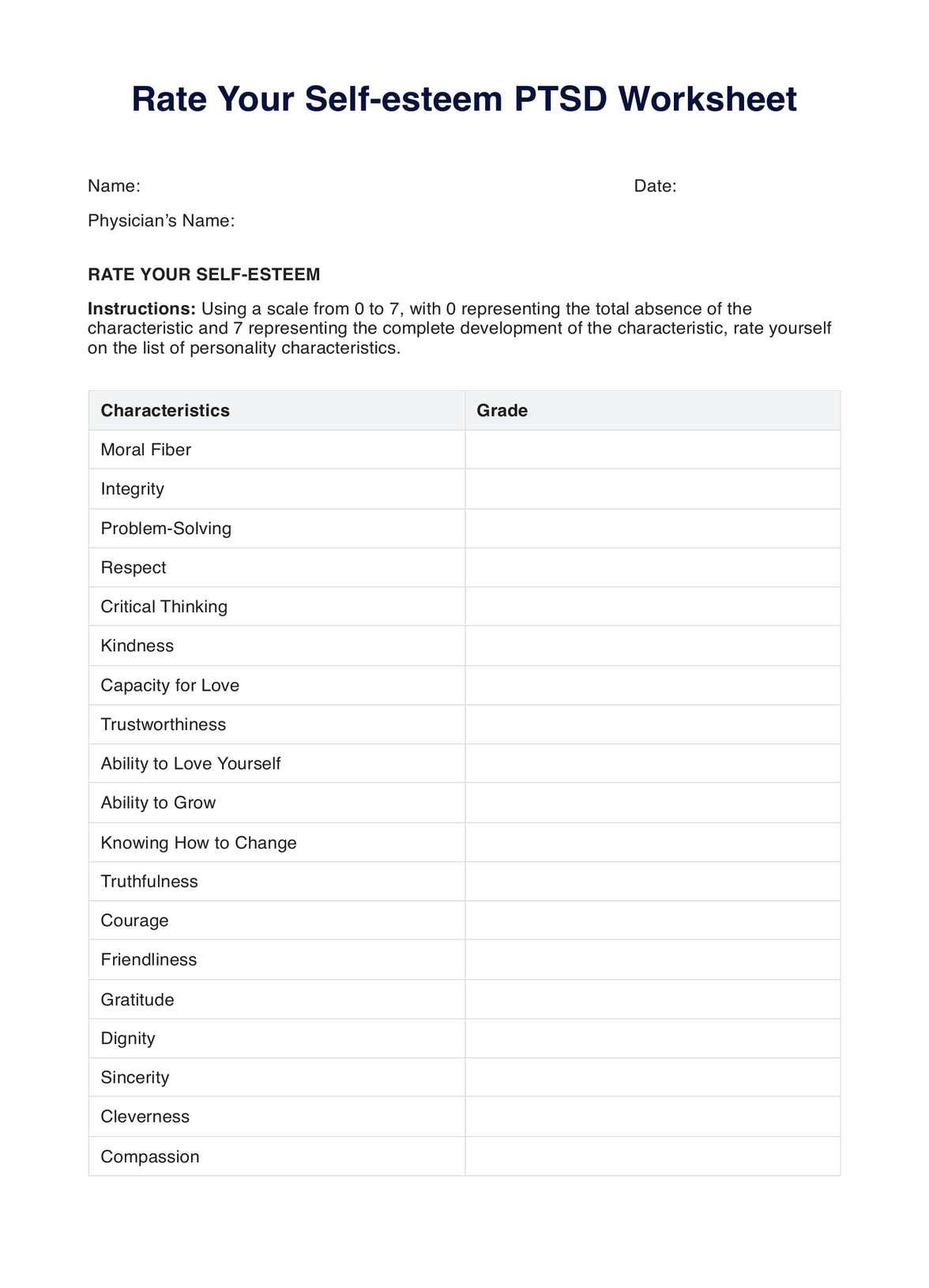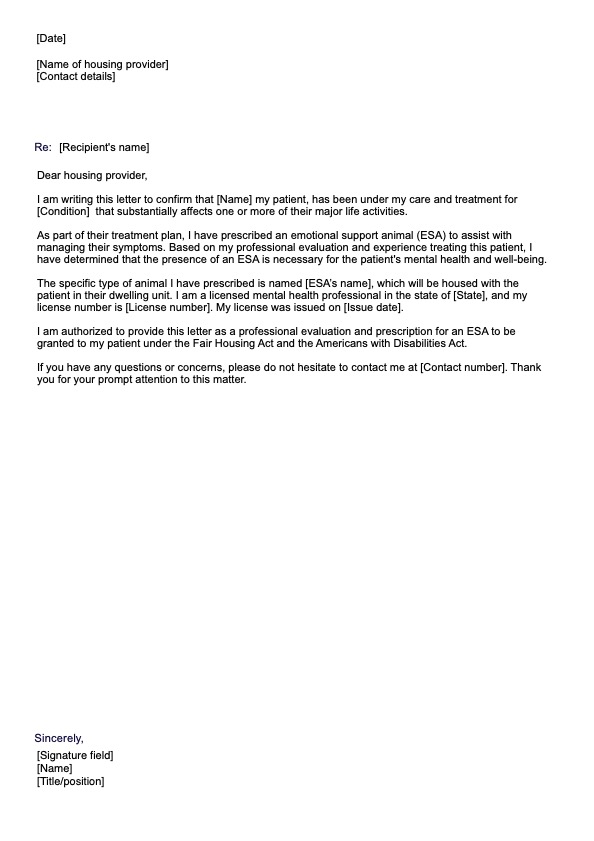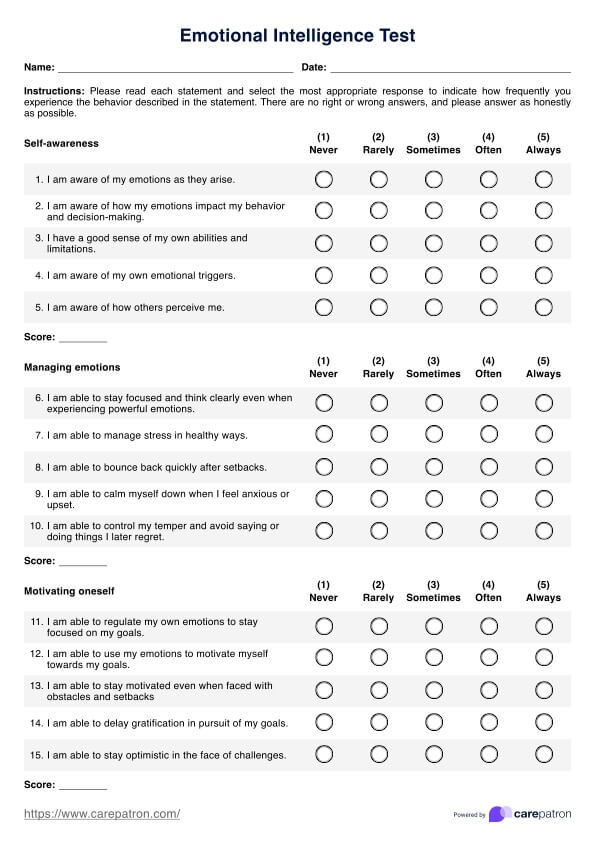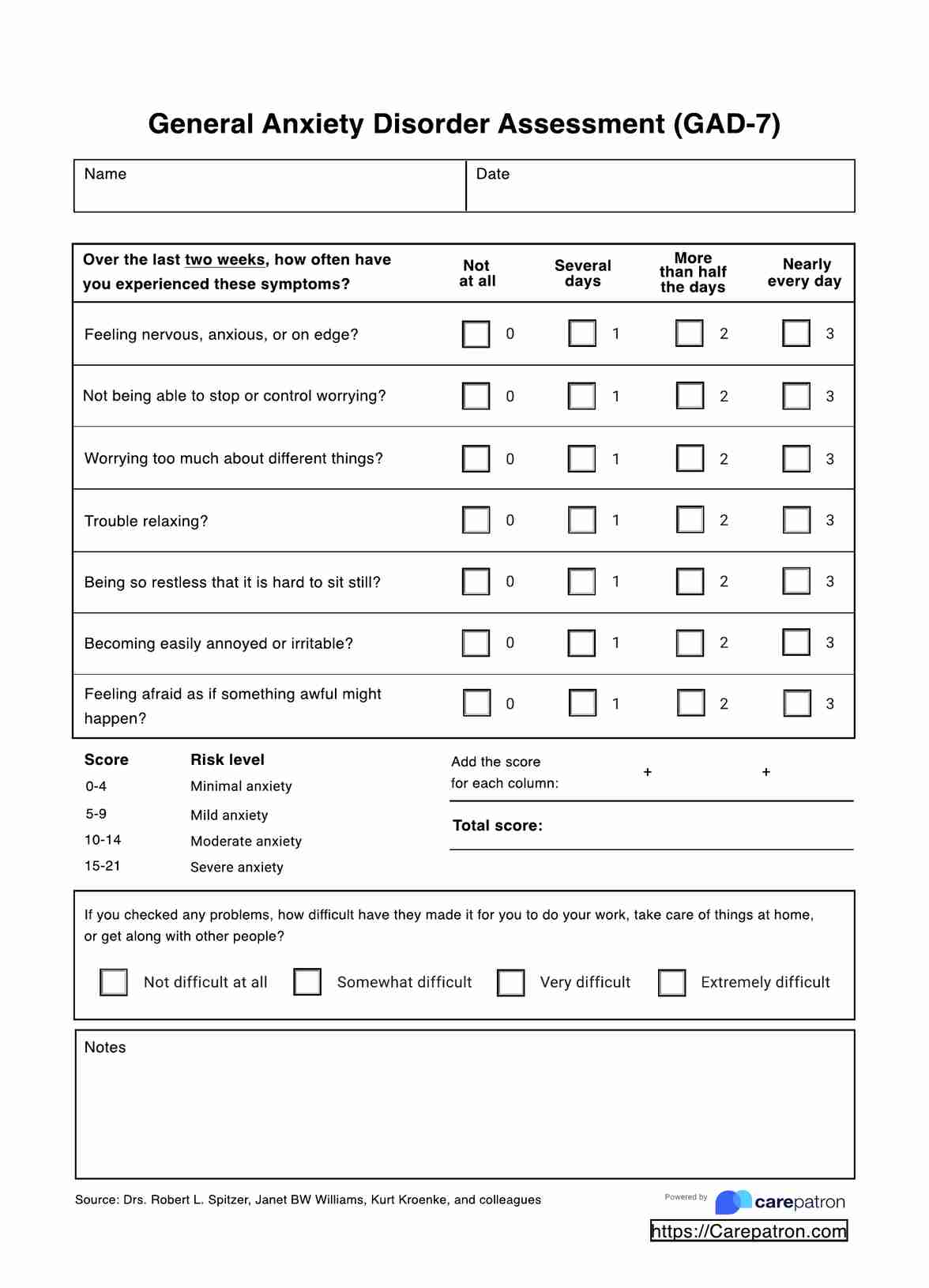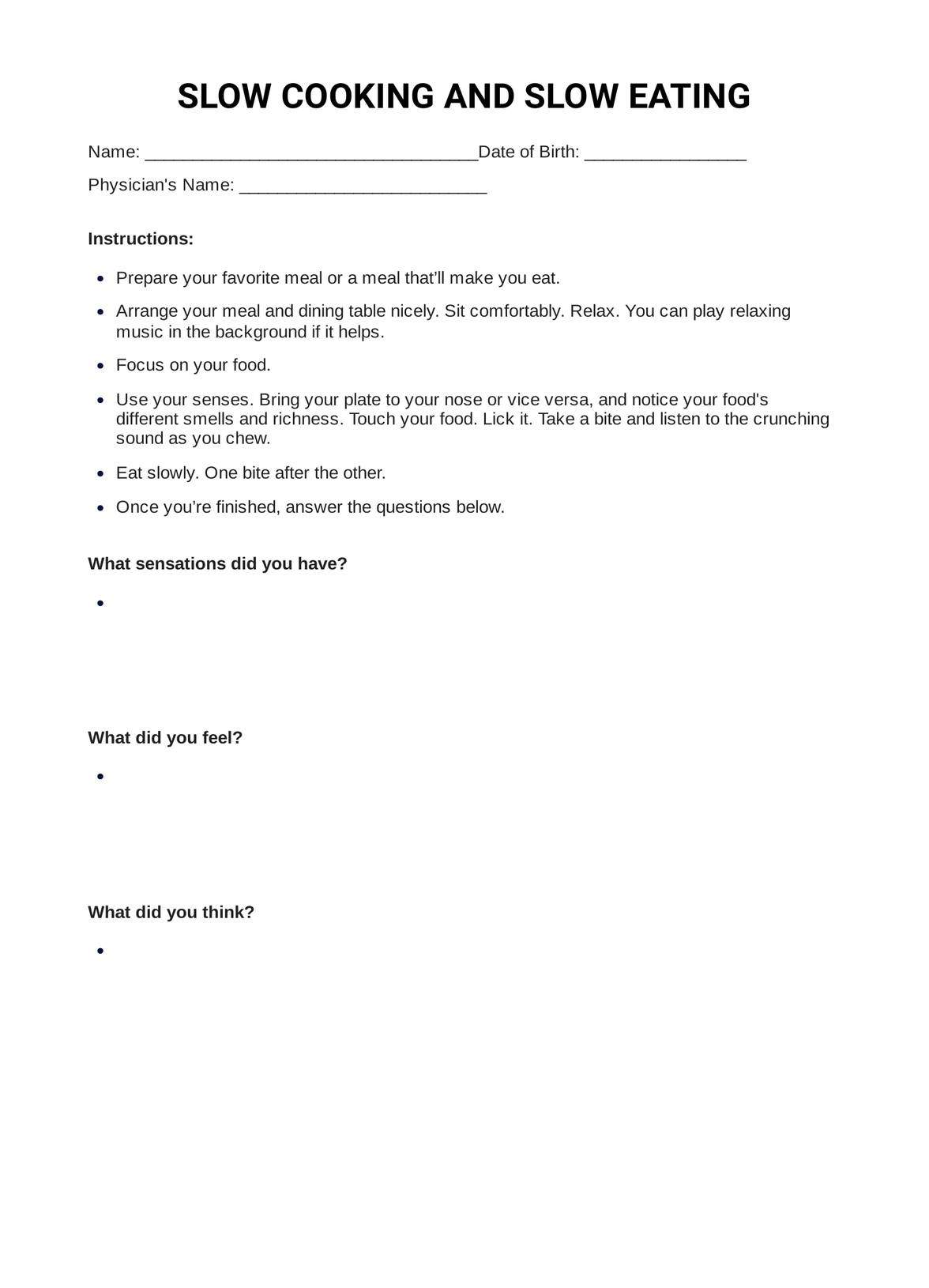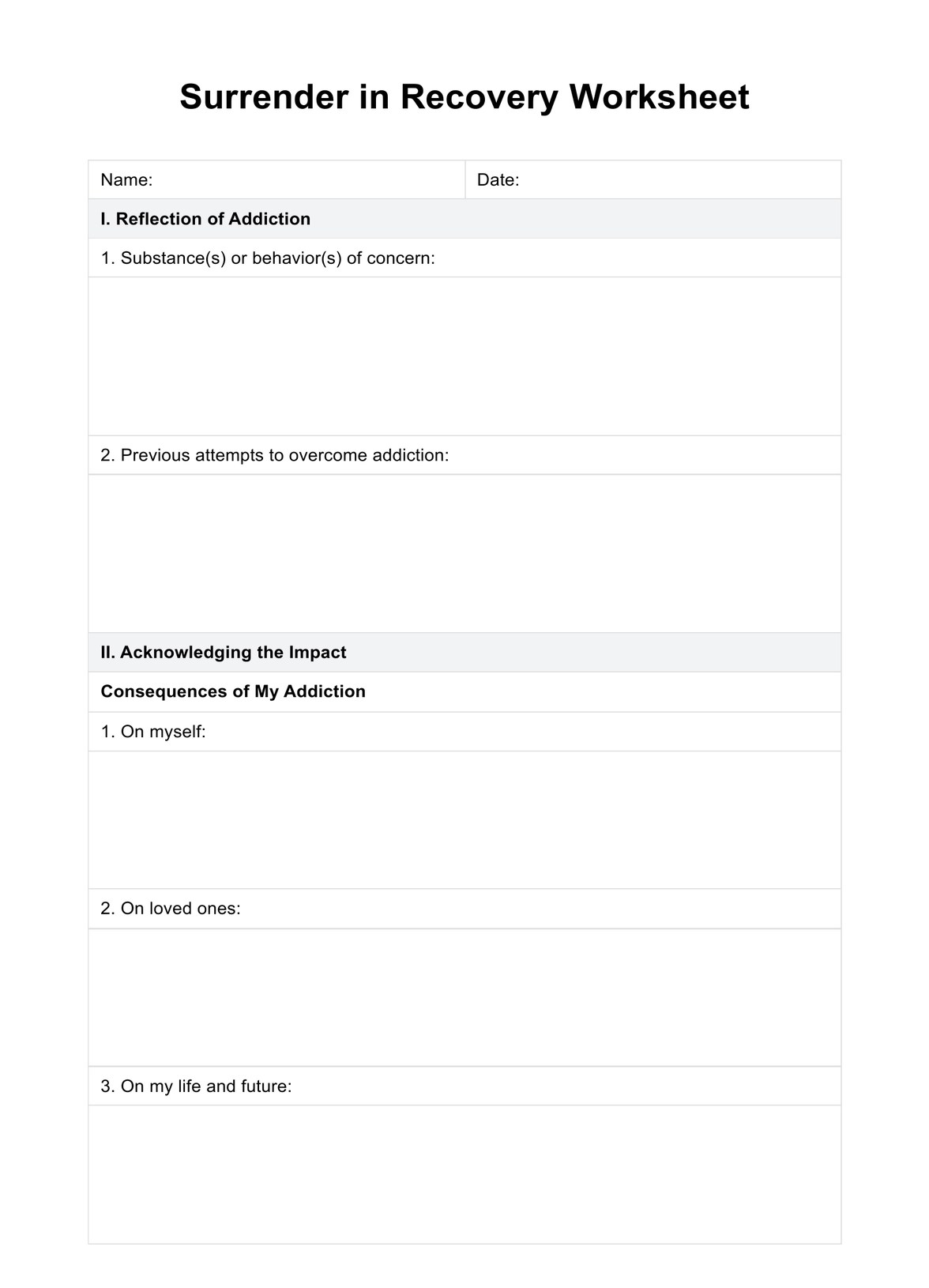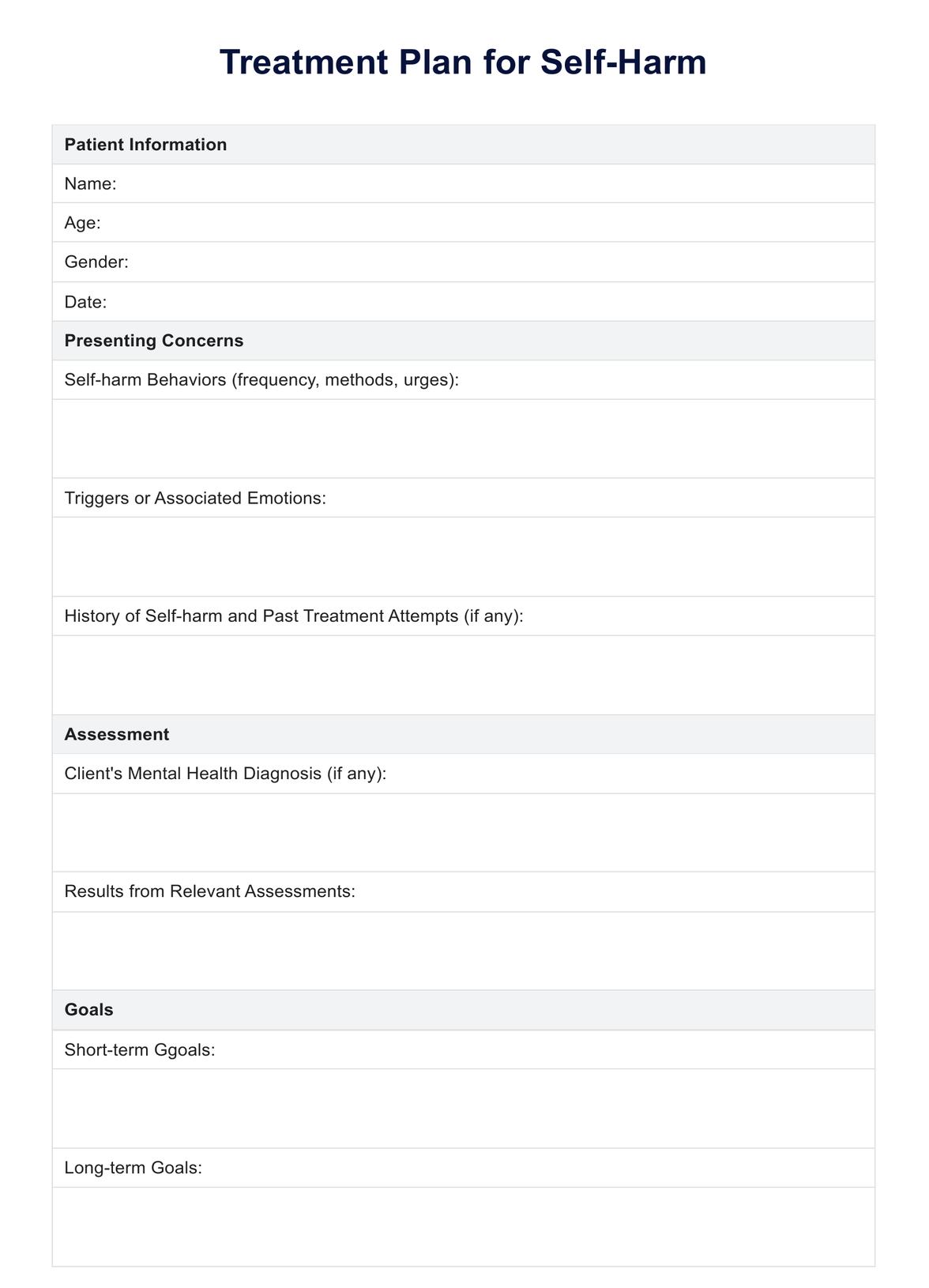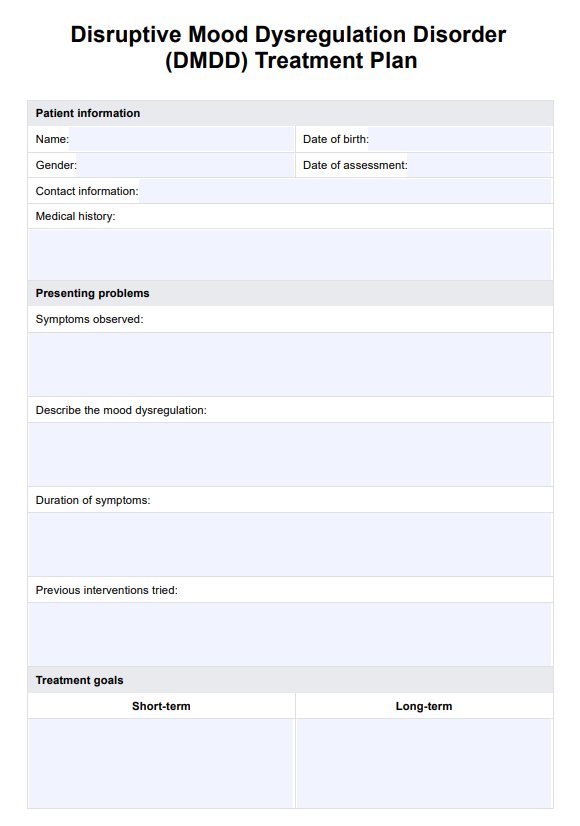10-Step Inventory Worksheets
Help clients experience effective recovery management with the 10th Step Inventory Worksheet. Download a free PDF resource here.


What is a 10th-step inventory nightly review?
According to Alcoholics Anonymous (AA), the tenth step is to “Continue to take personal inventory and when we were wrong, promptly admit it.” This tenth out of twelve steps involves an ongoing daily inventory process that encourages individuals to remain vigilant in their recovery journey by regularly examining their thoughts, negative emotions, and behaviors (American Addiction Centers, 2024).
The Big Book suggests that the tenth step would be a daily practice that involves taking a personal inventory of one’s emotional state, actions, and potential character defects. After the first nine steps, an individual’s next function is to maintain conscious contact with their higher power, stay grounded in their spiritual program, and make amends quickly before they escalate. The tenth AA step also raises the acid test on whether individuals can stay sober and maintain their purpose and their well-being (Alcoholics Anonymous, 1999).
This step 10 AA worksheet is a tool to help through this phase. It can take various forms, such as a nightly inventory or a spot-check inventory throughout the day. An individual can also opt for a more comprehensive inventory discussed with another person in recovery or a sponsor. The key is to approach this step with a willingness to promptly admit when one is wrong and address a character defect that may arise, as this can be a subtle foe in the recovery journey.
10-Step Inventory Worksheets Template
10-Step Inventory Worksheets Example
How to use the 10-Step Inventory Worksheet
The 10-Step Inventory Worksheet is a straightforward and user-friendly tool designed to guide individuals through their daily self-reflection process. Here's how healthcare practitioners can guide clients on the practical use of this worksheet:
Step 1: Download the worksheet and explain the purpose
Download and introduce the 10-Step Inventory Worksheet as a tool for daily self-reflection and personal inventory. Emphasize its importance in maintaining emotional balance, identifying potential triggers or character defects, and fostering personal growth in recovery.
Step 2: Walk through the sections
Go through each worksheet section with the client, explaining what each entails. Emphasize the importance of reflecting on actions and emotions from the current day, aligning with the concept of a daily reprieve contingent on progressing through their recovery.
Step 3: Emphasize honesty and objectivity
Stress the importance of being honest and objective in their self-assessment. Remind them that this process is not about self-criticism but about self-awareness and personal growth. If they committed something wrong today, reassure them that admitting their resentments and fears is okay and a wrong promptly admitted fosters accountability and helps avoid repeating unhealthy habits.
Step 4: Suggest consistent practice
Recommend that the client complete the 10th step inventory worksheet daily, preferably as a nightly review. Consistent practice will reinforce the habit in one's daily life and enhance its effectiveness.
Step 5: Offer support and feedback
Encourage the client to share their insights and experiences with the worksheet during therapy sessions or support group meetings. Provide feedback, guidance, and support to help them navigate any challenges or obstacles in this process.
Benefits of using the 10 step inventory
The tenth step inventory is not just a form. It can be a balance sheet acknowledging clients' resentments, fears, and dishonesty while giving them credit for their wins and a chance to plan their future. Here are some key benefits it offers:
Promotes self-awareness
The worksheet facilitates introspection, helping individuals become more aware of a negative emotion or behavior. This heightened self-awareness can lead to better decision-making and improved emotional health in their new life.
Encourages accountability
The worksheet fosters personal accountability by prompting individuals to acknowledge wrongdoings or harmful behaviors. This can empower individuals to take responsibility for their actions and focus on their recovery today.
Fosters personal growth
The worksheet aids in identifying areas for improvement, thereby improving self-esteem and spiritual condition. Individuals can grow and evolve continuously by reflecting on their actions and planning corrective measures.
Helps maintain recovery
Regularly using the worksheet and making it a part of their daily routine can help individuals continue to take personal inventory. It serves as a daily reminder, through foul or fair weather, of their progress and commitment to stay sober and recover.
Provides structure
As discussed, this worksheet provides a structured format for daily self-reflection, which can help individuals maintain this practice.
Enhances emotional intelligence
It can enhance emotional intelligence by encouraging recognition and understanding of one's emotions, especially when clients integrate this into their daily practices. This can improve relationships and overall well-being.
Supports therapeutic practices
The worksheet assists therapists and counselors in supporting therapeutic practices and facilitating client self-awareness and personal growth.
Facilitates mindful living
Regularly using the worksheet can cultivate a habit of mindful living, encouraging individuals to live in the present moment and engage fully with their experiences.
References
American Addiction Centers. (2024, February 2). 10th step in AA: Step 10 explained. https://alcohol.org/alcoholics-anonymous/step-10/#
Alcoholics Anonymous. (1999). Alcoholics Anonymous: The story of how many thousands of men and women have recovered from alcoholism. Alcoholics Anonymous World Services. https://wagga.aagroup.org.au/wp-content/uploads/2016/02/AA-Big-Book-4th-edition.pdf
Commonly asked questions
Step 10 in Alcoholics Anonymous involves conducting a daily personal inventory to examine one's thoughts, feelings, and actions. It encourages individuals to promptly admit when they are wrong and make amends when necessary. The step 10 inventory helps maintain emotional sobriety, prevent the accumulation of resentments, and promote self-awareness and humility in recovery.
The Big Book of Alcoholics Anonymous promises that by practicing the 10th step, individuals will no longer fight anything or anyone, including alcohol. At this point in the 12-step program, their sanity is restored, and they will rarely have an interest in alcohol. If the temptation should arise, they can turn away from it automatically, as their sane and normal reactions happen devoid of much effort on their part. The problem no longer exists for them, as it has been removed.
The step 10 inventory can be done at the end of the day or in the moment when something happens. It involves examining one's resentments, fears, selfishness, and dishonesty. By acknowledging faults to another person, being willing to remove shortcomings, asking one's higher power for guidance, determining if anyone has been harmed, and making amends, individuals can maintain a daily practice of steps 4 through 9.
The 10-Step Inventory Worksheet aids in fostering self-awareness and personal growth. Encouraging individuals to acknowledge their positive actions and confront their negative behavior promotes honesty and accountability. Regular self-reflection and planning for improvement can significantly aid in maintaining recovery and promoting emotional sobriety.

.jpg)
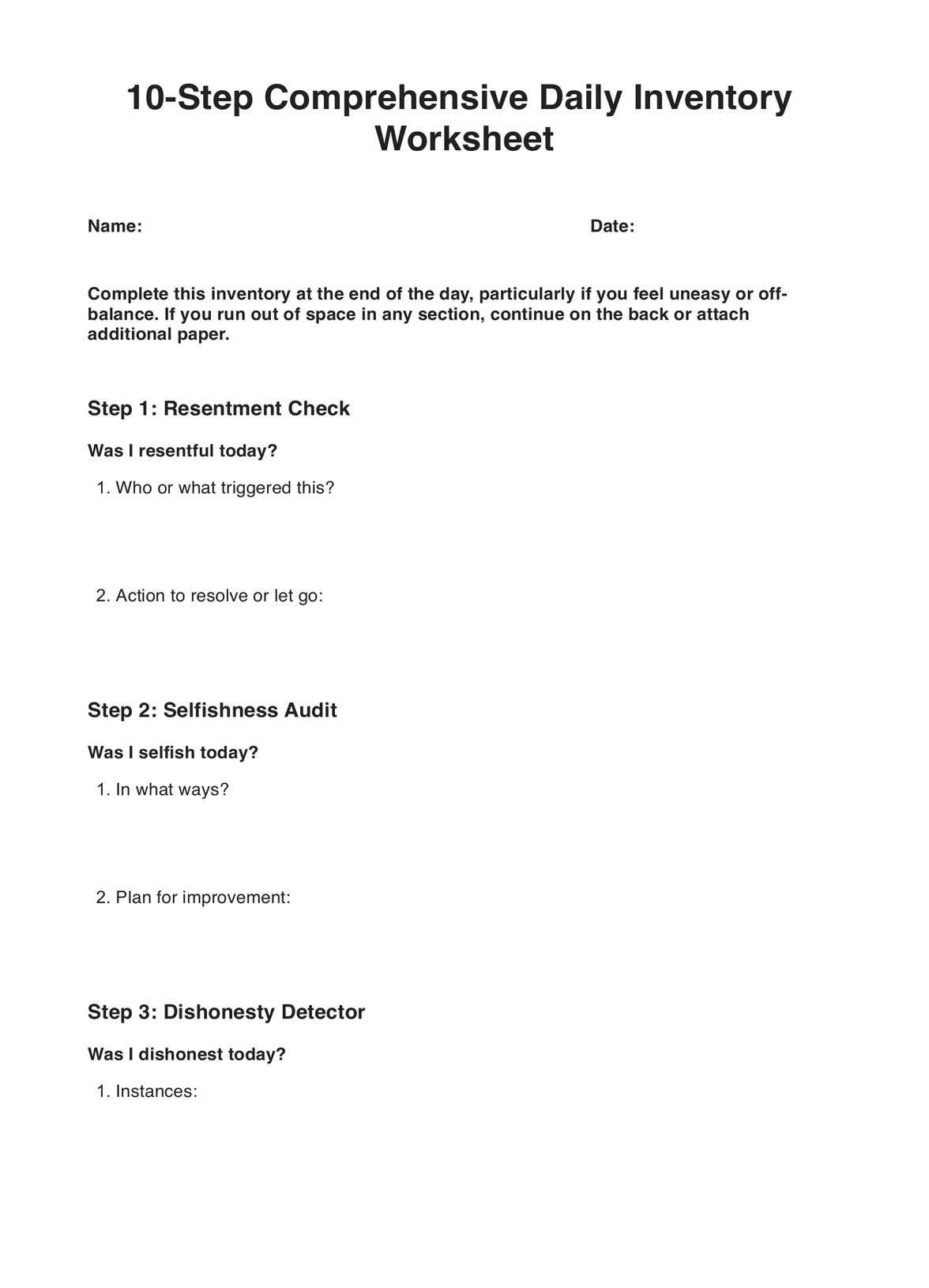
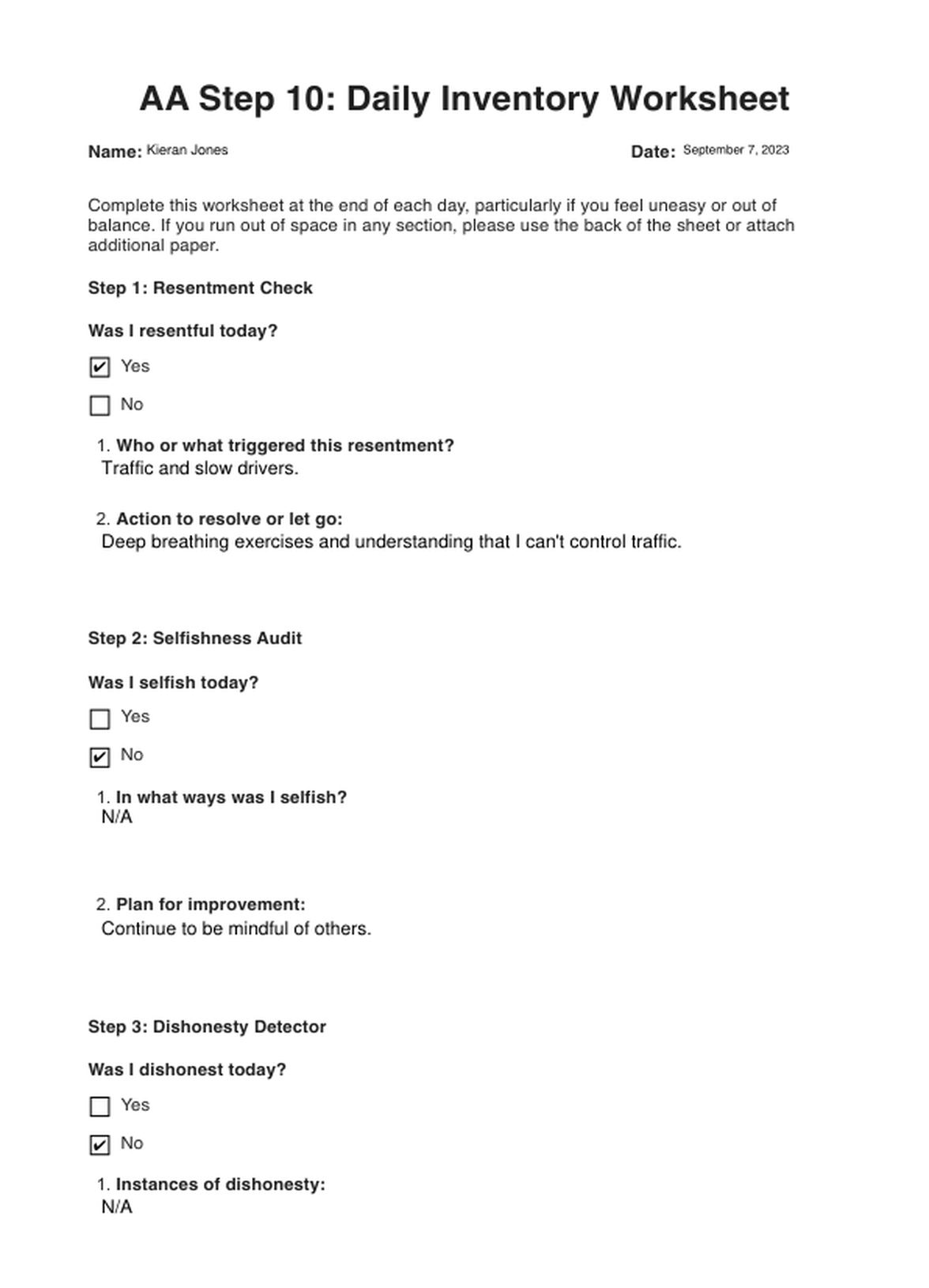

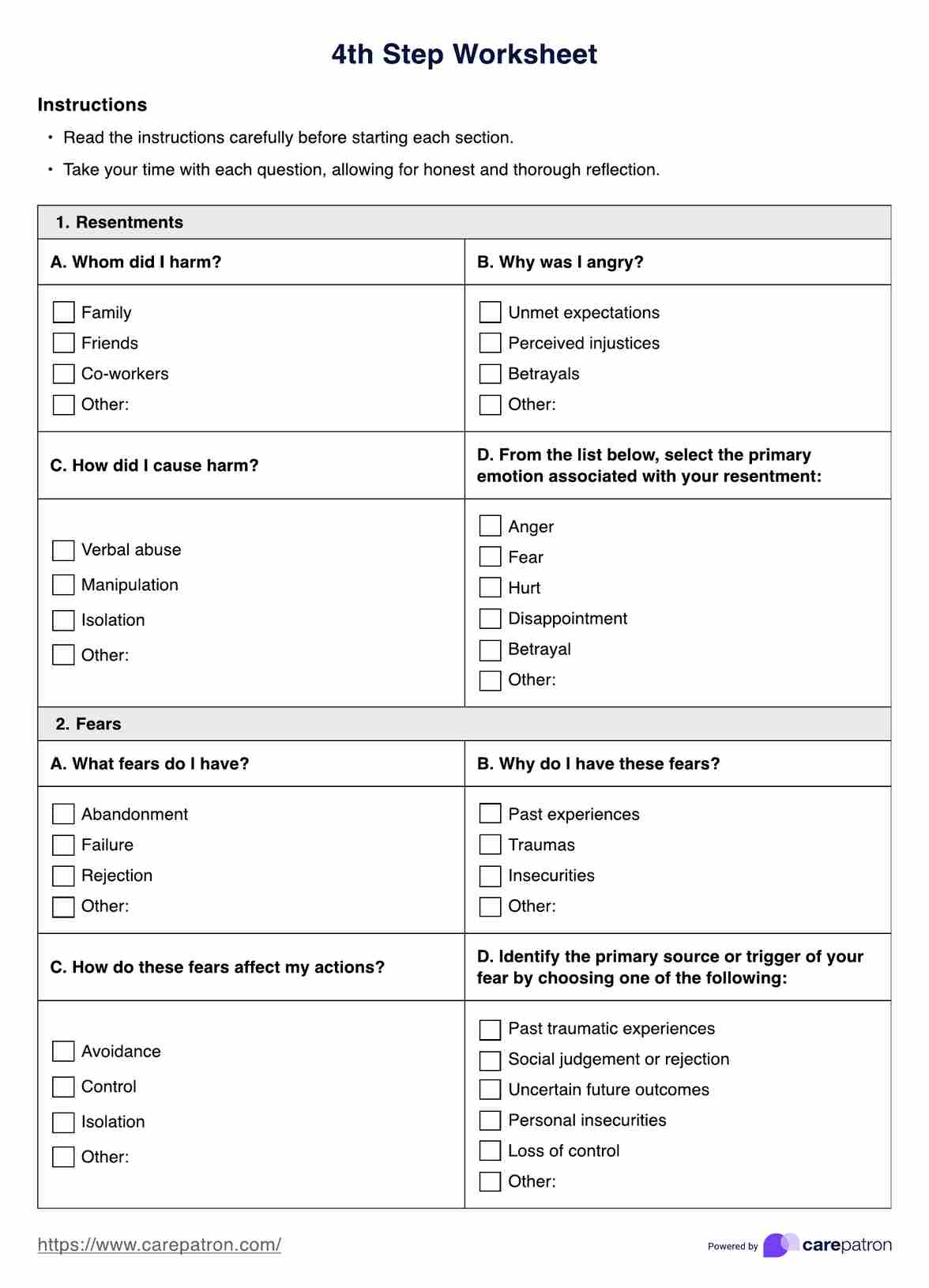

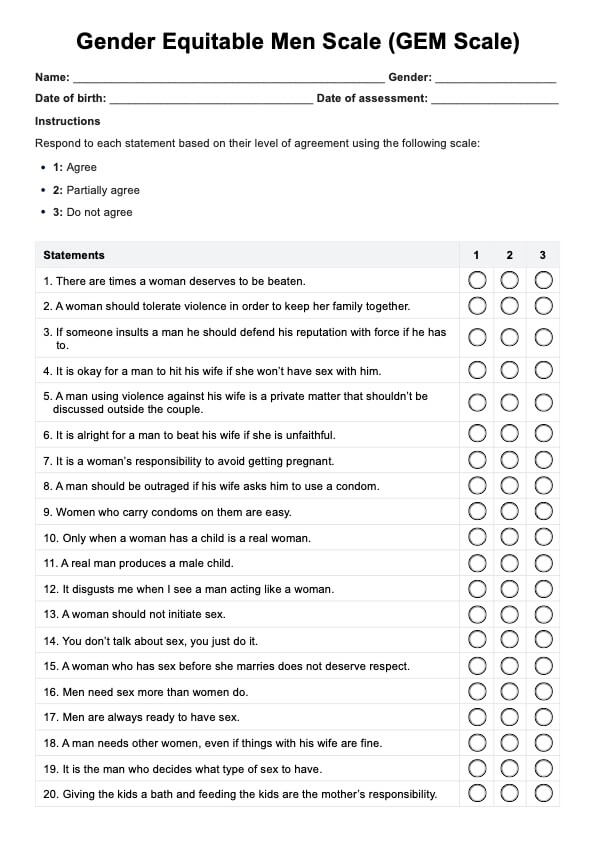











-template.jpg)


